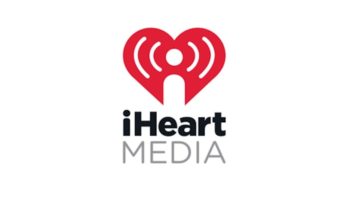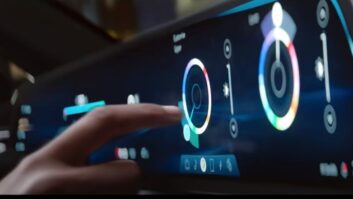The consumer view of digital media
Feb 1, 2007 12:00 PM, Chriss Scherer
[email protected]
I attended the Consumer Electronics Show at the beginning of January. I saw lots of digital TVs, home appliances, computers, gaming systems, cell phones, robots and other technologies in addition to the radio-related devices I sought.
Set adrift in the sea of gadgets and gizmos, my main quest was to gauge the presence of HD Radio at the convention. I was not sure what to expect, especially given the lackluster showing of HD Radio at previous conventions.

Last year I had to search for any trace of HD Radio. It was there, but in many cases, the HD Radio receiver being shown was tucked into a corner of an exhibitor’s booth and no one could tell me anything about it.
This year, I started at the Ibiquity booth and found a card listing all the exhibitors that had something related to HD Radio on display. This was an encouraging start. Ibiquity also had two large displays of HD Radio receivers in its booth, although some of them were not working.
When I visited the exhibitors with HD Radio displays I found that many of them had signs, flyers and obvious visual displays for HD Radio, and the booth staff actually knew something about the technology. It seems that HD Radio has finally arrived. There were even products that were showing more than just a basic radio receiver, such as the Visteon HD Jump and Delphi’s demo of the recording capability of an HD Radio receiver.
There was one session that detailed the current standings of HD Radio and satellite radio. Both sides of the delivery systems were presented by the panelists, although the satellite side certainly pressed its marketing hype more strongly than Bob Struble and Peter Ferrara did on the HD Radio side. At one point, Struble said that within 10 years, all radio receivers will have HD Radio, XM and Sirius capability built-in. I’ll add that I believe that Wi-max and other to-be-developed systems will be included as well.
At another point, Peter Ferrara noted that the consumer does not have to make a conscious effort to buy an HD Radio receiver; it’s just built in. That’s not true for every radio receiver today, but like I said in last month’s Viewpoint, it is the step that will make HD Radio succeed.
HD Radio was visible in about 20 booths. This sounds like a good showing, but remember that there are about 2,700 exhibitors at the convention. While the HD Radio showing was good, it was still buried among the endless displays of other technologies.
Naturally, satellite radio continues to hold a large presence.
And everywhere I looked I saw something that interfaced or related to some type of media player, if not specifically the Ipod or the new Microsoft Zune. Granted, media players have evolved beyond simply providing an audio stream, but their prime use still appears to be audio-based.
I also saw a lot of computer networking products and several IP audio stream players � which is just a fancy name for an IP radio. Two IP radios I saw were the Com One Phoenix and the Cambridge Consultants Iona. While devices that can play an IP stream from an Ethernet connection have existed for some time, such as the Roku Soundbridge, the Phoenix and Iona are Wi-fi receivers. They have bridged the gap between IP delivery and a wireless connection. It’s obvious that radio is not the leading technology anymore.
Even the exhibitors with an HD Radio interest are developing other technologies, such as the ability to connect a media player, play MP3 (and other formats) files, and attach USB storage devices. These are all aimed at other methods of delivering an audio stream to the listener. HD Radio may have arrived, but it’s still a small part of the consumer experience.












